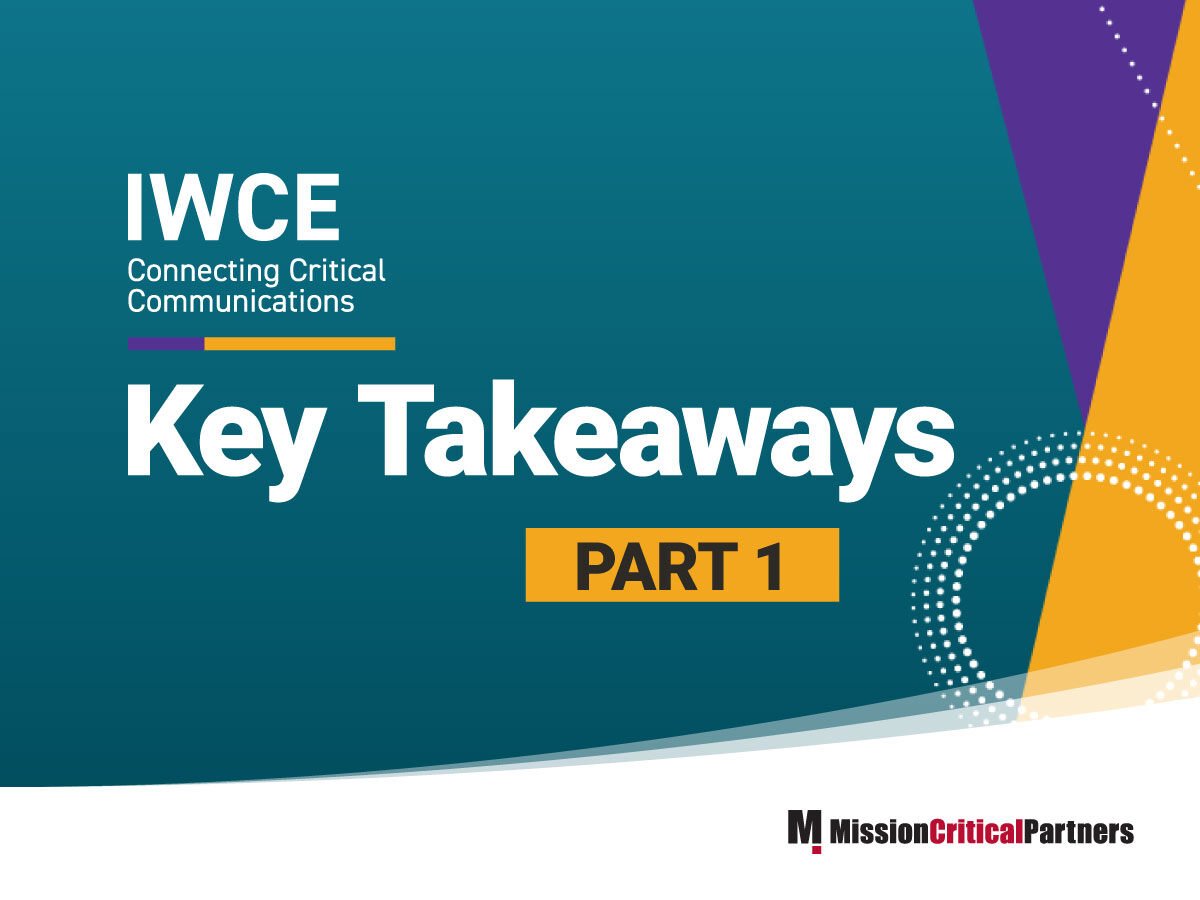A radio system implementation is an enormous undertaking that requires months, sometime years, of planning followed by years of deployment. The process starts with development of technical specifications and creation of procurement documents, usually in the form of a request for proposals. Vendor responses then must be scored and evaluated. A vendor must be selected, and a contract negotiated, including performance requirements. The system then must be designed, staged, built, and tested to ensure that it is performing as designed. Finally, the system goes live.
And that’s when the real work begins.
Once the new system is operating, it must be managed and maintained, which requires a considerable time investment and an equally considerable amount of expertise and experience. Mission Critical Partners has developed a checklist of 67 tasks that must be performed to effectively manage and maintain a radio system, with most of these tasks falling to the agency to perform.














